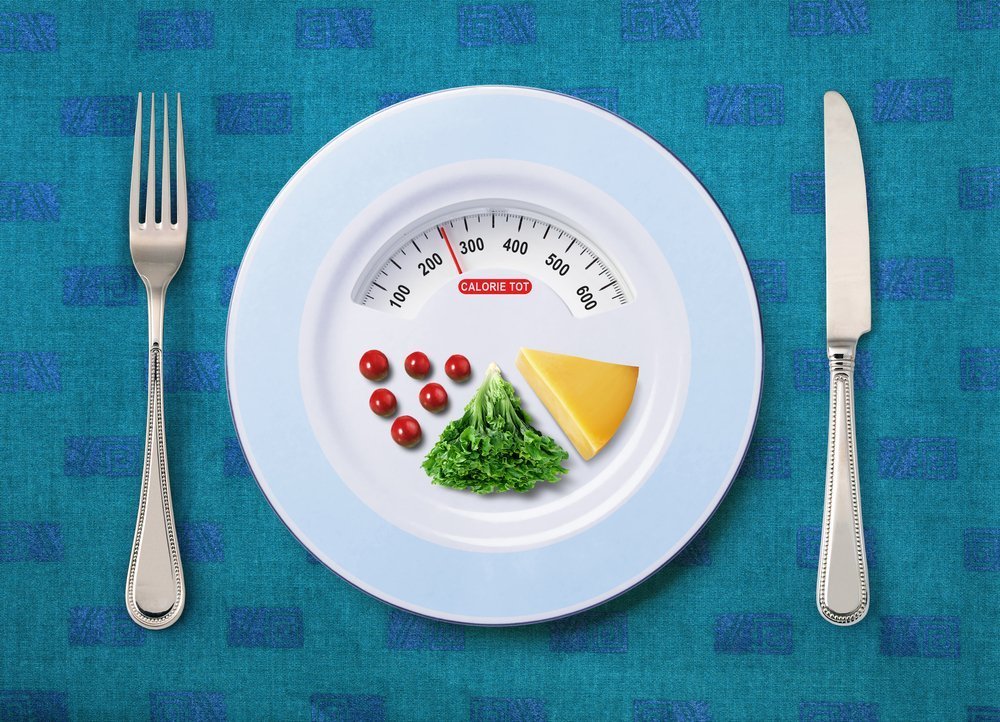The following is a small excerpt from Stop Feeding Us Lies
The calorie counting myth
Is it possible to lose weight and keep it off without willpower, hunger and lethargy? Yes it is, but before we get to that we need some basic information. We are always told to count the calories in our food and that weight loss comes from consuming fewer calories than we use. This is referred to as the ‘Calories in – Calories out’ method of weight loss, or the CICO diet. In early 2018 the Government-backed organisation, Public Health England (PHE), issued guidance on what we should eat, in its attempts to reverse the obesity epidemic. They proclaimed that all adults should eat 400 calories for breakfast, 600 calories for lunch and 600 calories for dinner, with 100 to 200 calories in snacks twice a day.
In my opinion, the nutrition department of Public Health England is one of the most misguided organisations that ever wasted millions of pounds of taxpayers money. I have an image in my mind of couples up and down the country, where one asks the other, “What should we have for dinner tonight?” and the partner replies, “I think I fancy 600 calories”. Public Health England did not specify any particular types of food in their advice; they just want us to consume 600 calories. Eating a delicious meal, with our loved ones, is one of life’s greatest pleasures. Public Health England wants to suck all the joy out of it and reduce it to a type of energy accountancy, tinged with guilt. How on earth is anyone supposed to cook and serve a meal of precisely 600 calories per person? Will 600 calories of salmon and broccoli have the same effect on your weight and health as 600 calories of sugar-coated doughnuts? The answer is no and I will soon explain why, but first we need to know what a calorie is. We can’t keep talking about calories without knowing what they are.
A calorie is a unit of heat energy. It is defined as ‘the amount of energy required to raise the temperature of a gram of water by one degree centigrade at normal atmospheric pressure’. Carbohydrates and proteins contain 4 calories per gram and fats contain 9 calories per gram. How do we know this? The experiments to determine these values involved placing a gram of each macronutrient into a special container surrounded by water. A stream of oxygen was directed over each sample so it would burn when it was set on fire. When the food samples had burnt out, the heat created had caused a rise in water temperature, which was used to calculate the calorie content of each food type. The calories we see listed on packets of food, and referred to by Public Health England, are kilocalories (Kcal) and one of those is the energy required to raise the temperature of a litre of water by one degree. So, if we manage to calculate and serve 600 calories of food on to our plate, as Public Health England want us to do, will we know how much weight we are going to lose? No, we will not. However, what we will know about our meal is how much it could raise the temperature of a litre of water if we set fire to it.
Public Health England’s preoccupation with counting calories is misguided. It implies that the most important thing about our food is how much energy it contains. Instead, we should be thinking about how much nutrition it contains.
